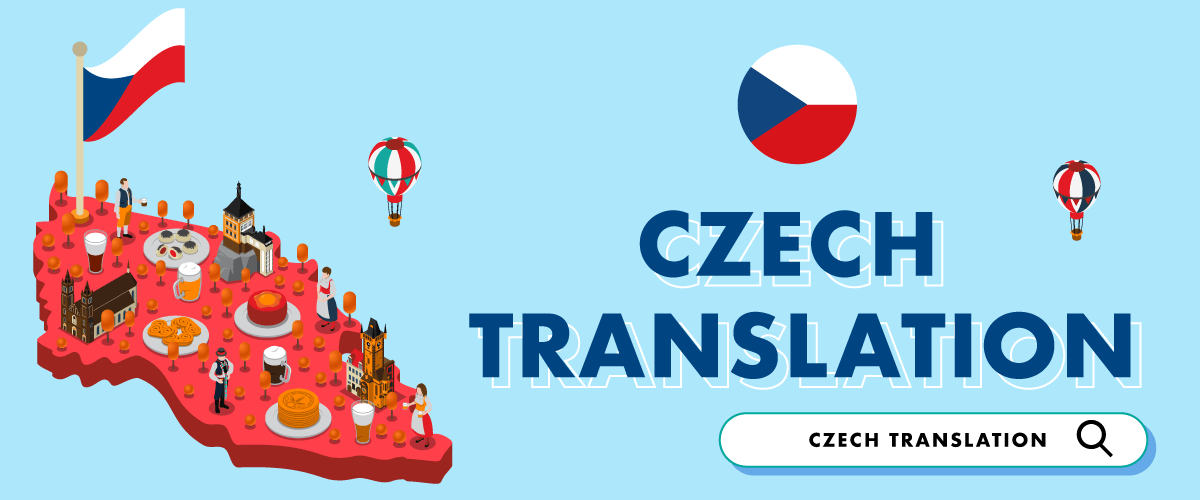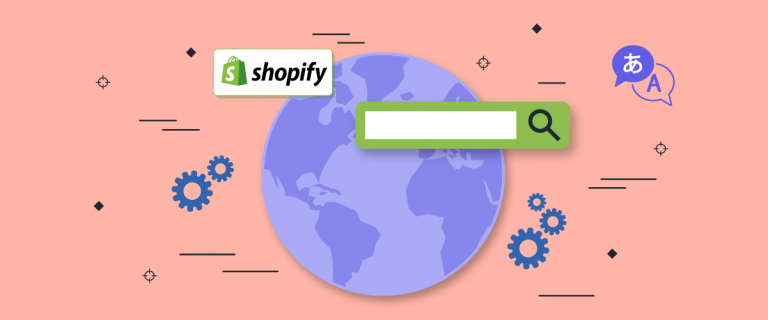Are you looking to reach more visitors to your website? One way to do this is by providing language options or making your site multilingual.
Czech is one of the languages with a significant number of speakers, not only in the Czech Republic but also across Slavic and European regions.
But how do you translate a website into Czech? This article will provide a comprehensive guide and information on the tools you can use to achieve this goal.
Total speakers of Czech language
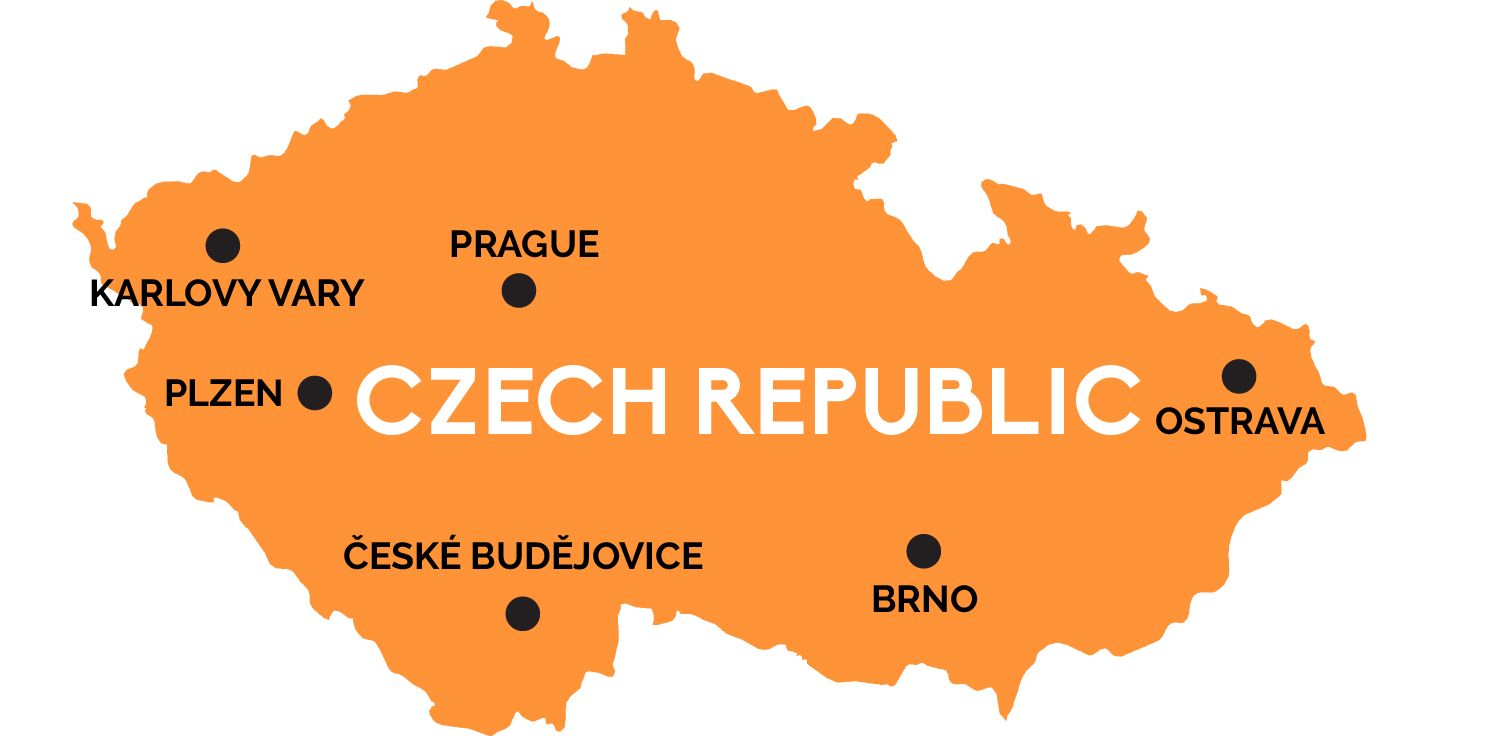
The Czech language is primarily spoken in the Czech Republic, where it serves as the official language. However, it is also spoken by significant populations in neighboring countries and communities around the world. Here is an explanation of the total number of speakers of the Czech language:
1. Native Speakers:
- The majority of Czech language speakers are native speakers who grew up with Czech as their first language.
- As of the knowledge cutoff in September 2021, it is estimated that there are approximately 10.7 million native speakers of Czech.
2. Czech Republic:
- Within the Czech Republic, nearly the entire population speaks Czech as their first language.
- This accounts for the majority of Czech language speakers.
3. Expatriate Communities:
- There are significant Czech-speaking communities in other countries, primarily neighboring countries such as Slovakia, Austria, and Germany.
- These communities consist of Czech descendants or individuals who have relocated for work or personal reasons.
- In Slovakia, for example, where the language is very similar to Czech, there is a considerable number of Czech speakers.
4. Czech Diaspora:
- Czech communities can also be found in various countries around the world, including the United States, Canada, and Australia.
- These communities often maintain their Czech language skills through cultural organizations, events, and family connections.
Why you should translate a website into Czech?

Translation of a website into Czech can have significant benefits. Here are some reasons why you should consider translating your website to Czech:
Reaching Czech Audience:
- By translating your website into Czech, you can expand your reach and attract the attention of your audience in the Czech Republic.
- Czech is the official language in the country, and translating your website into this language will allow you to communicate with the locals more effectively.
Increase Credibility and Trust:
- When you provide relevant content and accurate translations in Czech, you show that you are serious about paying attention to the needs of your local audience.
- This can increase user trust and confidence in your brand because they feel valued and listened to.
Strengthening Relationships with Customers:
- By providing an online experience that is in Czech, you make it easier for Czech customers to interact with your website.
- A good translation will enable them to better understand information, instructions, and product or service choices.
- This can help strengthen your relationship with Czech customers, increase retention, and encourage customer loyalty.
Optimizing SEO and Increasing Visibility:
- Translating your website into Czech allows you to optimize local SEO and increase visibility on search engines in that language.
- This is important for reaching local audiences looking for information, products, or services in Czech.
Compete with Competitors:
- If beyond you have yet to translate their website into Czech, you have the opportunity to gain a competitive advantage by providing relevant content and good translations in that language.
- By providing a better user experience and presenting easily understandable content, you can attract the attention of potential customers who may be switching from competitors.
Choosing the right ways to translate your website to Czech language
Once you have gained a deeper understanding of the German language, including its dialects and vocabulary, we can now explore various methods to translate your website into German. In this chapter, we will discuss the different approaches you can take to achieve this goal.
With a human translator in Czech language
One of the first methods you can try is to collaborate with a professional translator who specializes in the German language. Using human translation indeed provides more optimal results as the translator can adapt to the language structure, instincts, and cultural aspects.
However, there are some drawbacks that you should also be aware of, such as the time-consuming process, especially if there is a large volume of content to be translated. Additionally, the cost involved can be significant.
Using Google Translate or DeepL to translate to Czech language
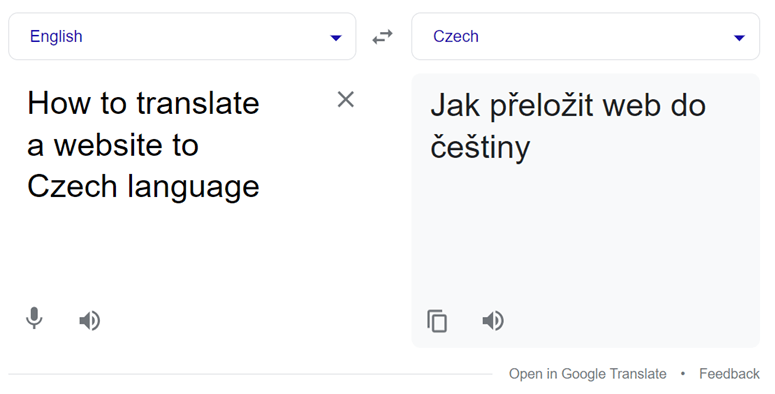
The second method is to utilize public tools such as Google Translate or DeepL. Unlike the previous approach, these public tools employ machine translation in their translations.
All you need to do is copy and paste the sentence into the tool, and the translation will be generated instantly. While this method offers quick results, using Google Translate or similar tools does not provide full control over the translation.
However, there is no need to worry, as there is still one more method that can complement the two approaches mentioned above.
Using neural machine translation
Neural machine translation (NMT) is considered the most accurate translation option as it utilizes artificial intelligence to perform the translation. This technology automatically translates content from one language to another.
NMT works by following statistical models to analyze translations and continuously updates its database and translation patterns. Not only is it accurate, but NMT is also easily integrated into various software using APIs or SDKs. Furthermore, in terms of cost, using NMT is much more economical.
One of the products with neural machine translation is Linguise.
Linguise is an automatic translation service that integrates with various CMS platforms such as WordPress, Joomla, and other CMS platforms. With its neural network technology, Linguise provides translations that closely resemble human translations.
Not only does Linguise offer fast translations, but it also produces more natural-sounding translations. Linguise also offers a range of interesting features to support the translation process, including a front-end live editor, translation exclusion, and various other features.
For those interested in using Linguise, they offer a free trial version for one month.
Then, how to translate a website to Czech language with Linguise?
Translate a website to Czech language with Linguise automatic translation
For those interested in utilizing Linguise to translate their website into Czech, we will now provide a detailed explanation, starting from the registration process to the successful completion of the translation.
Step 1: Registration to get the API key
The first step is to sign up or register for a Linguise account, where you can create an account without the need to enter credit card information. Once registered, you will gain access to the Linguise dashboard.
The dashboard serves as the central hub for managing all translation settings for your website, including domain registration, monitoring word usage, and selecting the desired language.
To obtain the API key, navigate to the Settings menu, locate the API KEY section, and copy the provided API key.

Step 2: Add Czech to list your language
Once you have obtained the API key, scroll down further in the Settings menu, and you will come across the Languages section, where you can add languages to your website.
Here, you can add Czech and various other languages of your choice, including languages from different countries.

Step 3: Install & configure the plugin
The third step is to install and activate the Linguise plugin on your website. To do this, go to your website’s dashboard and navigate to the Plugin menu. Then, click “Add plugin” and search for “Linguise”. Once found, select “Install” and then “Activate”.
Once the plugin is successfully installed, go to the Linguise settings menu and paste the API key you copied earlier into the designated field. Finally, click on “Apply” to save the changes.

The next step is to configure the flag logo for each language and determine its position. You can choose to display the language switcher as a popup, dropdown, or side-by-side layout. Make sure to place the language switcher in a prominent position that is easily accessible to your audience.
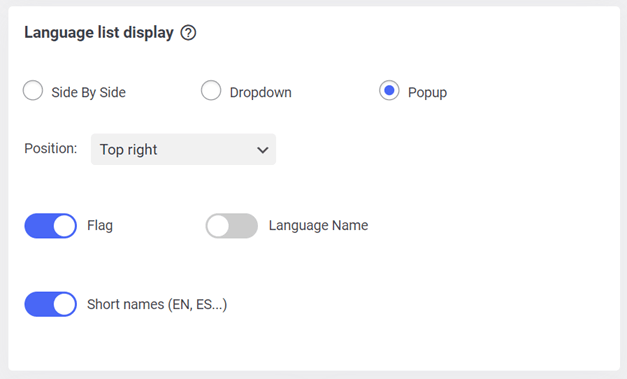
If successful, this is how the language switcher will appear on your multilingual website.
Step 4: Edit translation Cezch language with front-end live-editor
The final step is to edit the translated content using the front-end live editor feature. It’s important to note that not all multilingual plugins offer this feature, but Linguise provides it to facilitate web developers in editing the translations to make them sound more natural.
With this feature, you can utilize the services of professional translators to edit the content directly on your website.
You can find the front-end live editor feature in the Linguise dashboard under “Live Editor” and select the desired language. Below is an example of the live editor for English to the Czech language.
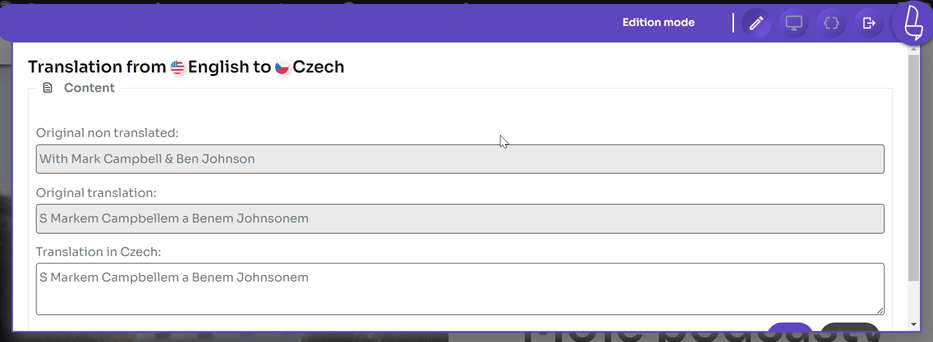
Those are the steps you need to follow to use Linguise as a multilingual plugin on your multilingual website. Now, your audience can easily translate the content into their desired language with just one click on the language switcher.
Challenges and Considerations in Translating to Czech Language
When it comes to translating a website to the Czech language, there are several challenges and considerations that website developers should keep in mind. Understanding these challenges can help ensure a smooth and effective translation process. Here are some key points to consider:
- Linguistic Differences: The Czech language has its own unique grammar, vocabulary, and sentence structure. It is important to work with translators who are not only proficient in Czech but also have a deep understanding of the language’s nuances and cultural context.
- Cultural Adaptation: Translating a website goes beyond literal translation; it involves adapting the content to the target culture. Consideration should be given to cultural sensitivities, idiomatic expressions, and local preferences. Adapting the content appropriately will help resonate with the Czech audience and enhance user experience.
- Localizing Content: Localization involves not only translating the text but also adapting elements such as date formats, time formats, currency, measurements, and other region-specific details. It is important to ensure that the website reflects the local norms and conventions of the Czech audience.
- SEO Optimization: Translating a website to Czech should also take into account search engine optimization (SEO) considerations. This includes conducting keyword research in the Czech language, and optimizing meta tags, URLs, and other on-page elements for relevant Czech keywords. Adapting the translated content to match local search trends will help improve the website’s visibility in Czech search results.
Conclusion on website Czech translation
Translating a website into Czech language can help you reach a larger audience. Additionally, providing options for different languages can enhance the user experience.
Therefore, for those interested in translating their website into Czech, simply follow the “How to Translate a Website to Czech Language” guide outlined above.
You can utilize the automatic translation service Linguise to assist you in translating your website, taking advantage of their free trial version.

